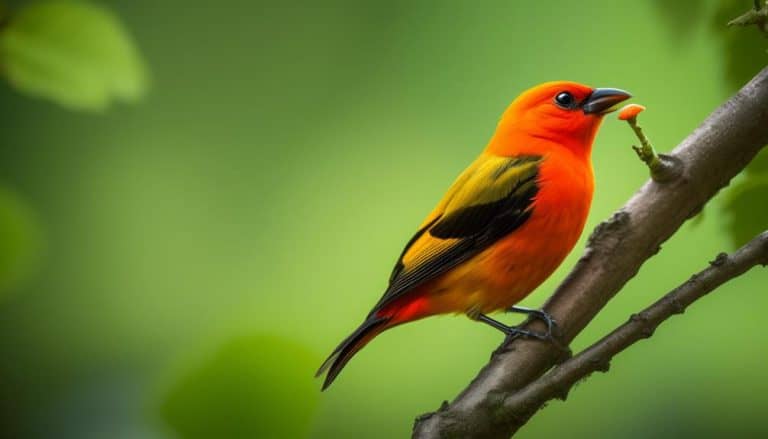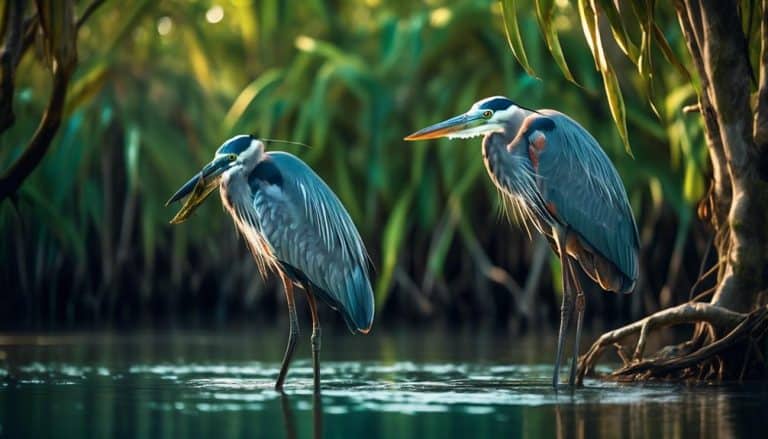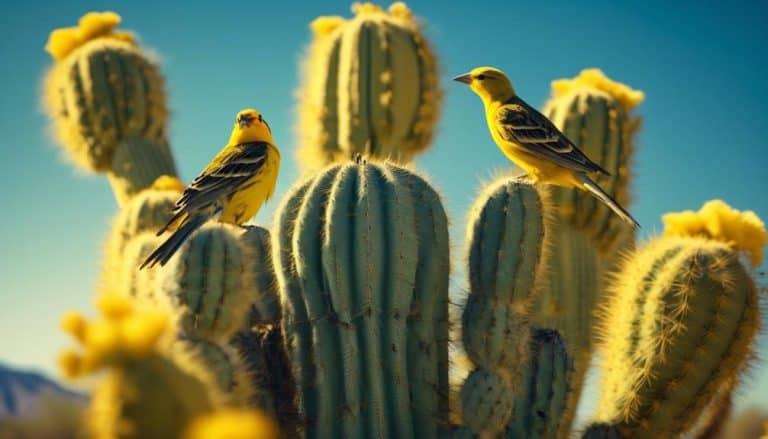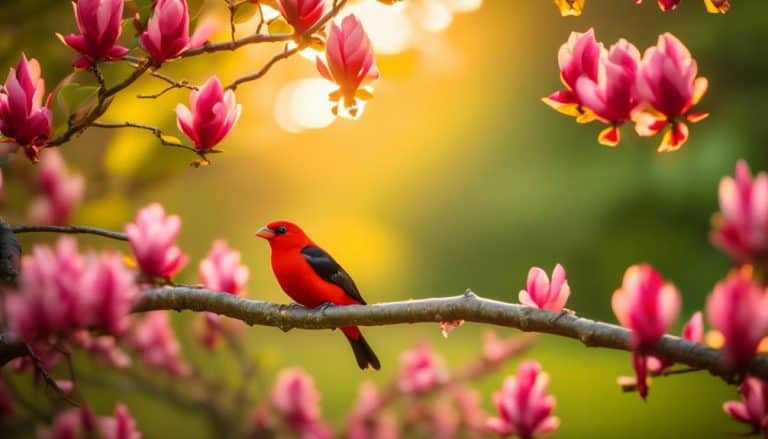As an avid birder in Texas, I am constantly captivated by the charm and mystery of the nocturnal birds that call this Lone Star State their home.
From the haunting hoots of the Great Horned Owl to the agile flight of the Common Nighthawk, these creatures of the night have a unique allure that deserves further exploration.
But what exactly is the role of these nocturnal birds in Texas? What adaptations allow them to thrive in the darkness? And perhaps most importantly, what threats do they face in their habitats?
Join me on a journey as we uncover the fascinating world of nocturnal birds in Texas, and discover the efforts being made to ensure their conservation.
The Role of Nocturnal Birds in Texas

Nocturnal birds play a vital role in the ecosystem of Texas through their unique behaviors and adaptations. These birds, such as the Eastern Screech-Owl and the Common Nighthawk, have evolved to navigate and thrive in the darkness of the night. One of the key reasons why nocturnal birds are important to Texas is their contribution to pest control. Many of these birds, particularly owls, feed on small mammals like rodents and insects, helping to keep their populations in check. This natural form of pest control is crucial for maintaining the balance of the ecosystem.
However, the importance of nocturnal birds in Texas is threatened by the increasing problem of light pollution. The excessive artificial lighting from cities and urban areas disrupts the natural behaviors of these birds. It can interfere with their hunting patterns, navigation, and even their mating rituals. The impact of light pollution on Texas nocturnal birds is significant, as it can lead to decreased foraging success, displacement from their habitats, and ultimately, a decline in their populations.
To protect the essential role that nocturnal birds play in Texas, it's crucial to address the issue of light pollution. By implementing measures to reduce artificial lighting and promote dark sky initiatives, we can create a more suitable environment for these birds to thrive. It's our responsibility to preserve the delicate balance of the ecosystem and ensure that these unique and fascinating creatures continue to contribute to the biodiversity of Texas.
Common Nocturnal Birds in Texas
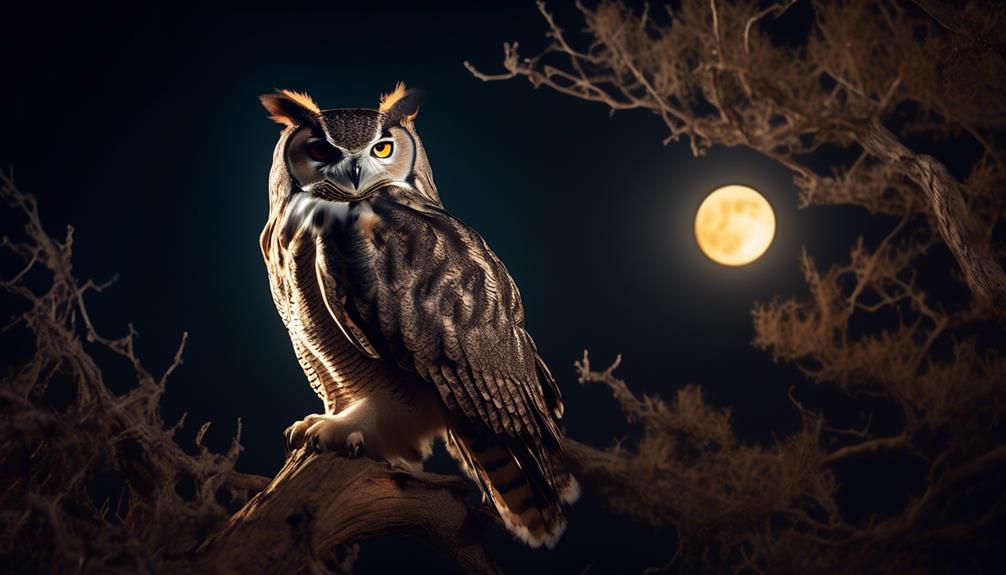
During my observations of the nocturnal wildlife in Texas, I've frequently encountered a variety of common nocturnal birds that demonstrate fascinating behaviors and adaptations. One such species is the Eastern Screech-Owl (Megascops asio), a small owl known for its distinct trilling call. These birds are highly adaptable and can be found in a range of habitats, from forests to suburban areas. They exhibit interesting nocturnal behavior, including hunting for prey such as small mammals, birds, and insects under the cover of darkness.
Another common nocturnal bird in Texas is the Common Nighthawk (Chordeiles minor). These birds are known for their unique feeding behavior, capturing insects in mid-air with their wide mouths. They've a distinctive call that can be heard during their nightly flights. Common Nighthawks are migratory birds, traveling long distances to their breeding grounds in the northern United States and Canada during the summer months. They display remarkable navigational abilities and synchronize their migration patterns with the availability of their preferred food sources.
The last common nocturnal bird I frequently encounter is the Barn Owl (Tyto alba). These birds are known for their heart-shaped faces and silent flight, allowing them to surprise their prey. Barn Owls are excellent hunters, feeding primarily on small rodents. They're also known for their ability to adapt to human-made structures, often nesting in barns, abandoned buildings, and other man-made structures.
Unique Adaptations of Texas Nocturnal Birds
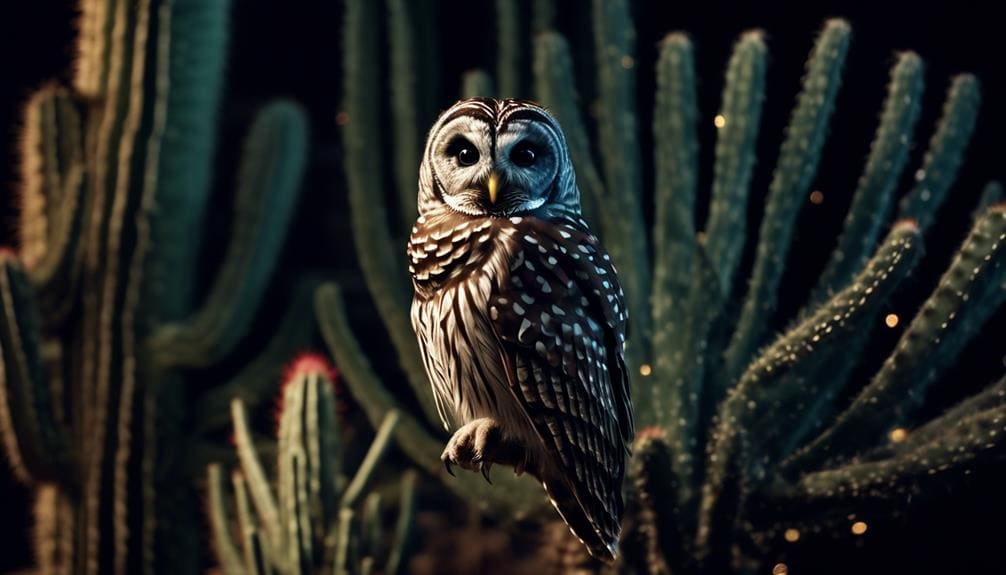
Through my observations of nocturnal birds in Texas, I've marveled at their remarkable adaptations that enable them to thrive in their nighttime habitats.
One of the most fascinating aspects of Texas nocturnal bird behavior is their ability to navigate in complete darkness. These birds have highly developed night vision, allowing them to see clearly even in the absence of light. Their eyes are equipped with a high number of light-sensitive cells called rods, which enhance their ability to detect even the slightest movement or prey item. Additionally, these birds have adapted to rely heavily on their other senses, such as hearing and touch, to compensate for the limited visibility.
Another unique adaptation of Texas nocturnal birds is their ability to remain silent and undetected by predators. These birds have evolved specialized feathers that enable them to fly silently through the night sky. These feathers have fringed edges that break up the airflow, reducing noise and allowing them to approach their prey without being heard. This adaptation is crucial for their survival, as it helps them avoid detection by predators such as owls and raccoons, who rely on their acute hearing to locate their prey.
In addition, some Texas nocturnal birds have developed cryptic plumage, which allows them to blend into their surroundings and remain hidden during the day when they're inactive.
Nocturnal Bird Habitats in Texas

In my observations, I've come to appreciate the diverse habitats that Texas nocturnal birds call home. These habitats play a crucial role in supporting the various species of nocturnal birds found in the state.
One key aspect of their habitats is the availability of suitable roosting sites. Nocturnal birds often seek out dense vegetation, such as thickets, shrubs, and trees, for shelter during the day. These areas provide protection from predators and offer a safe place for rest and sleep.
Another important factor in the habitats of Texas nocturnal birds is the presence of suitable foraging grounds. These birds rely on the abundance of insects, small mammals, and other prey to sustain their energy levels during the night. Areas with diverse vegetation, such as grasslands, woodlands, and wetlands, provide an ample food supply for these birds. Additionally, bodies of water, such as rivers, lakes, and ponds, are often frequented by nocturnal birds for their feeding habits.
Moreover, the habitats of Texas nocturnal birds also play a role in their migration patterns. Many species of nocturnal birds in Texas are migratory, traveling long distances to find suitable breeding grounds and food sources. These birds rely on specific habitats along their migration routes, including coastal areas, forests, and open fields, to rest and refuel before continuing their journey.
Threats to Nocturnal Birds in Texas
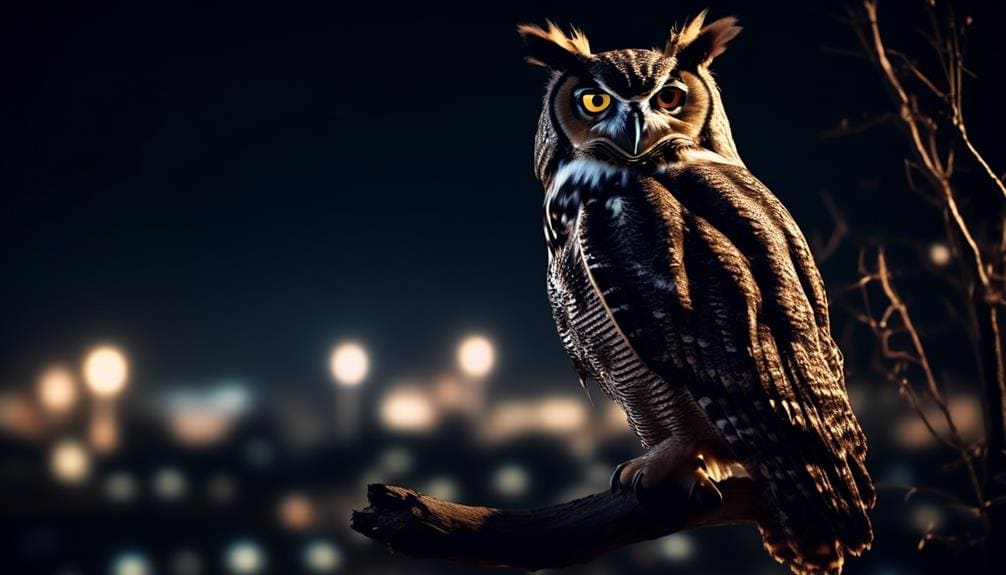
As an avid observer of Texas nocturnal birds, I've witnessed firsthand the numerous threats that these fascinating creatures face in their habitats. It's disheartening to see the impact of habitat destruction and light pollution on these birds, which are already facing challenges in their survival.
- Habitat Destruction: The rapid urbanization and expansion of human activities in Texas have led to the destruction of natural habitats for nocturnal birds. Deforestation, land clearing for agriculture, and the construction of infrastructure have all contributed to the loss of vital nesting and foraging grounds.
- Light Pollution: The bright lights that illuminate our cities and towns have a detrimental effect on nocturnal birds. These birds rely on darkness to navigate, hunt, and communicate. The artificial light disrupts their natural behavior by disorienting them, leading to collisions with buildings and other structures.
- Disruption of Sleep Patterns: Nocturnal birds have evolved to be active during the night, and their sleep patterns are crucial for their overall well-being. However, excessive light during the night can disrupt their sleep cycles, leading to fatigue, decreased foraging efficiency, and reduced reproductive success.
It is essential for us to recognize the threats faced by nocturnal birds in Texas and take action to mitigate them. Conservation efforts, such as the protection of their habitats and the implementation of light reduction measures, are crucial in ensuring the survival of these remarkable birds.
Conservation Efforts for Texas Nocturnal Birds
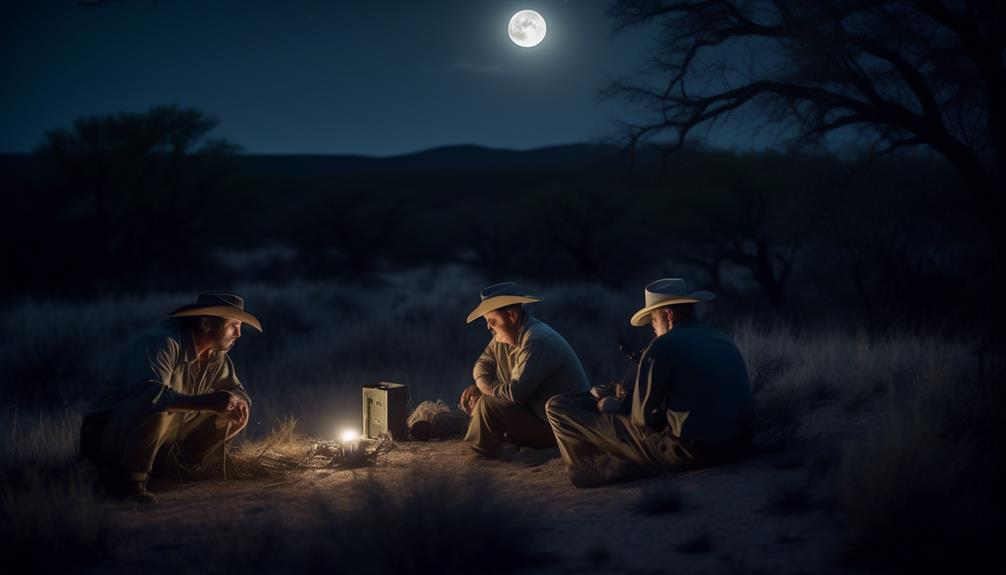
Conserving the unique and fragile habitats of Texas nocturnal birds is of utmost importance in ensuring their long-term survival. To achieve this goal, various research initiatives and community involvement are crucial in understanding the needs of these birds and implementing effective conservation strategies.
Research initiatives play a vital role in studying the behavior, ecology, and population dynamics of Texas nocturnal birds. By conducting extensive field surveys and monitoring programs, researchers can gather valuable data on species distribution, habitat preferences, and migration patterns. This information helps identify critical areas for conservation and guides land management practices to protect and restore suitable habitats.
Community involvement is equally essential in conserving Texas nocturnal birds. Engaging local communities, birdwatching groups, and conservation organizations fosters awareness and appreciation for these birds. Through educational programs, workshops, and citizen science initiatives, individuals can actively contribute to data collection, habitat restoration, and public outreach efforts. Community involvement also helps promote responsible birdwatching practices, minimizing disturbance to nesting sites and roosting areas.
By combining research initiatives with community involvement, conservation efforts for Texas nocturnal birds can be more effective and sustainable. Together, we can ensure the long-term survival of these fascinating creatures and their unique habitats.
| Research Initiatives | Community Involvement |
|---|---|
| Conduct field surveys and monitoring programs | Engage local communities, birdwatching groups, and conservation organizations |
| Gather data on species distribution, habitat preferences, and migration patterns | Promote awareness and appreciation for nocturnal birds |
| Identify critical areas for conservation and guide land management practices | Contribute to data collection, habitat restoration, and public outreach efforts |
Frequently Asked Questions
What Is the Lifespan of Nocturnal Birds in Texas?
The lifespan of nocturnal birds varies depending on the species. They have unique reproductive habits that contribute to their survival. It is fascinating to study the diverse lifespans and behavior of these birds in Texas.
How Do Nocturnal Birds in Texas Communicate With Each Other?
Nocturnal birds in Texas communicate with each other through a variety of vocalizations and visual displays. These behaviors serve as important signals for mating, territory defense, and group cohesion, allowing them to coordinate and interact effectively in their nighttime environment.
Do All Nocturnal Birds in Texas Migrate or Do Some Stay Year-Round?
Some nocturnal birds in Texas migrate, while others stay year-round. Migration patterns and population dynamics play a significant role in determining which birds choose to migrate and which prefer to stay.
Are There Any Specific Behaviors or Rituals That Texas Nocturnal Birds Engage in During Breeding Season?
During breeding season, Texas nocturnal birds exhibit specific behaviors and rituals. They engage in elaborate courtship displays, such as vocalizations and aerial acrobatics, to attract mates. They also establish nesting territories and construct intricate nests for raising their young.
What Is the Impact of Artificial Light on the Behavior and Survival of Nocturnal Birds in Texas?
As a researcher, I've observed that artificial light has a significant impact on the behavior and survival of nocturnal birds in Texas. Light pollution disrupts their natural rhythms and can lead to disorientation and reduced breeding success. Conservation efforts are crucial to protect these birds from the negative effects of artificial light.
Conclusion
As the moon rises over the vast Texan landscape, the nocturnal birds take flight, their wings slicing through the cool night air. These avian creatures, with their unique adaptations and habitats, play a crucial role in the ecosystem of Texas.
However, they face numerous threats that endanger their survival. Through conservation efforts and a deeper understanding of their importance, we can ensure that the ethereal beauty of these nocturnal birds continues to grace the starlit skies of Texas.

